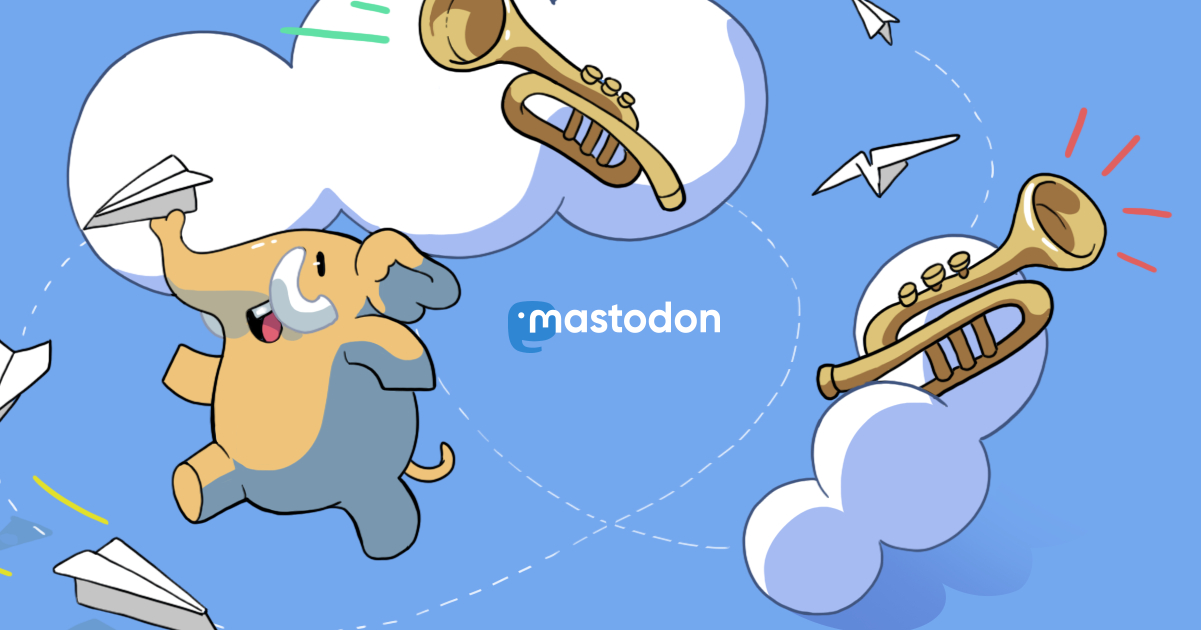Yesterday's lawsuits against Generative AI companies like Stable Diffusion and Midjourney were mostly dismissed, and I generally agree with that. There is one case still ongoing between Sarah Andersen and StabilityAI that I expect Sarah to lose on the grounds that her accusation isn't sound (her artwork isn't actually stored in the model).
But I am disappointed that they ruled that copying styles isn't infringement unless it is an exact copy of a work. I feel like this isn't a nuanced ruling...
It is worth noting to those who are in opposition to AI that the "models trained on my work contain my work" argument isn't technically or legally sound. Better arguments need to be made. If we could cram 1B+ 512x512 images into a single 2GB model, it would represent the single greatest breakthrough in data compression technology in human history. It turns out, this isn't a compression breakthrough, it's just proof that the original data isn't in the model.

I agree that some degree of mimicry isn't infringement - fair use includes some degree of derivation - but I really don't think that training and using a model to deliberately imitate another artist's work represents fair use, especially if it can be found to harm the artist.
The line shouldn't be drawn at "is it an exact copy?", it should be drawn at "would it confuse a reasonable person into thinking this was original art by another artist?".